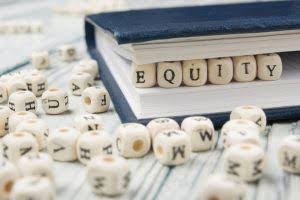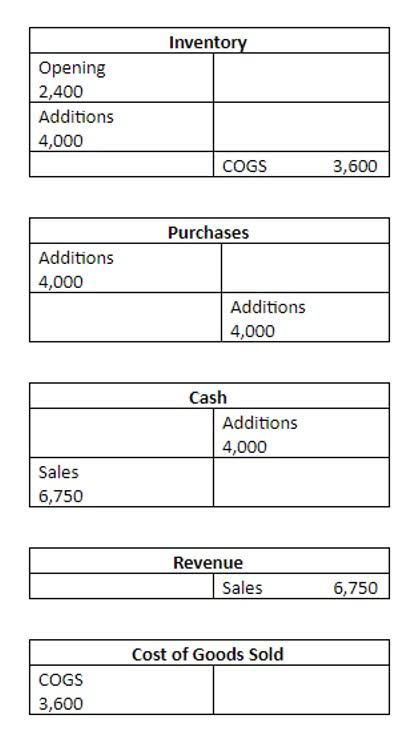
You can change your settings at any time, including withdrawing your consent, by using the toggles on the Cookie Policy, or by clicking on the manage consent button at the bottom of the screen. The Motley Fool reaches millions of people every month through our premium investing solutions, free guidance and market analysis on Fool.com, top-rated podcasts, and non-profit The Motley Fool Foundation. For instance, assume that the firm described above has invested $30 billion to start its operations. However, a fall in demand for oil products has led to a foreseeable revenue of $50 billion. As such, the profit from this project will Outsource Invoicing lead to a net value of $20 billion.

+ 2.5 apples = – 2 bananas (
- This shift allows for more production possibilities and can lead to a higher standard of living within the economy.
- The only way for the curve to move outward to point Y is if there were an improvement in cotton- and grape-harvesting technology because the available resources—land, labor, and capital—generally remain constant.
- If a country is producing at point X, that means its resources are not being used efficiently—in other words, the country is not producing enough cotton or wine, given the potential of its resources.
- There are alternative uses of the land both in the sense of the type of use and also in the sense of who gets to use it.
- However, the single biggest cost of greater airline security doesn’t involve money.
When devoted solely to snowboards, it produces 100 snowboards per month. Understanding the MRT is crucial for interpreting how changes in production affect https://vinastone.com/remote-books-online-reviews-read-customer-service/ opportunity costs and overall efficiency. The opportunity cost remains constant as production shifts from one good to another. This is characteristic of a straight-line PPC, which assumes all resources are equally efficient in the production of both goods. The shape of the PPC helps us determine whether opportunity costs are constant or increasing. Although more detailed discussions of the PPC’s shape are included in another section of the syllabus, we will explore how these shapes affect opportunity cost calculations.
Accounting Profit vs. Economic Profit
Points closer to the origin represent efficient production levels with lower opportunity costs, while points further out require reallocating resources that are less efficient, thus increasing opportunity costs. Furthermore, marginal cost is a short-term concept that focuses on the immediate impact of producing one more unit. It does not consider long-term investments or changes in fixed costs.

Why can we write that 5 apples are equal to -4 bananas (they so clearly are not, duh)?
- A firm may choose to sell a product in its current state or process it further in hopes of generating additional revenue.
- Whether or not we have specific numbers, conceptually we can measure the opportunity cost of additional education as society moves from point B to point C on the PPF.
- These goods are homogeneous, meaning that consumers and producers cannot differentiate between shoes from Mexico and shoes from the U.S.; nor can they differentiate between Mexican or American refrigerators.
- Even technological advancements can influence opportunity costs by making previously less efficient resources more productive in different sectors.
- Opportunity cost refers to the value of the next best alternative foregone when making a decision.
However, if technology improves both industries, the opportunity cost of one good is such as advancements in AI and robotics, the entire PPC shifts outward, decreasing opportunity cost across multiple sectors. However, if the economy moves closer to full capacity, opportunity cost begins to rise as resources become more specialized, making trade-offs necessary. In recessions or periods of economic downturn, economies typically operate inside the PPC, reflecting lost potential output that could be recovered by improving employment, productivity, or efficiency. For example, if a country invests in education and vocational training, workers become more proficient in operating machinery, managing supply chains, or innovating production methods. This improved skill set makes transitions between industries smoother and reduces specialization-based inefficiencies, potentially flattening the PPC’s curve and decreasing the rate at which opportunity cost increases. This happens because the resources required for both goods are interchangeable, so specialization does not lead to increasing inefficiencies.

We would always like more and better housing, more and better education—more and better of practically everything. Another important attribute of opportunity cost is that it is subjective and varies from person to person. Different individuals may assign different values to the same alternatives based on their preferences, skills, and circumstances.